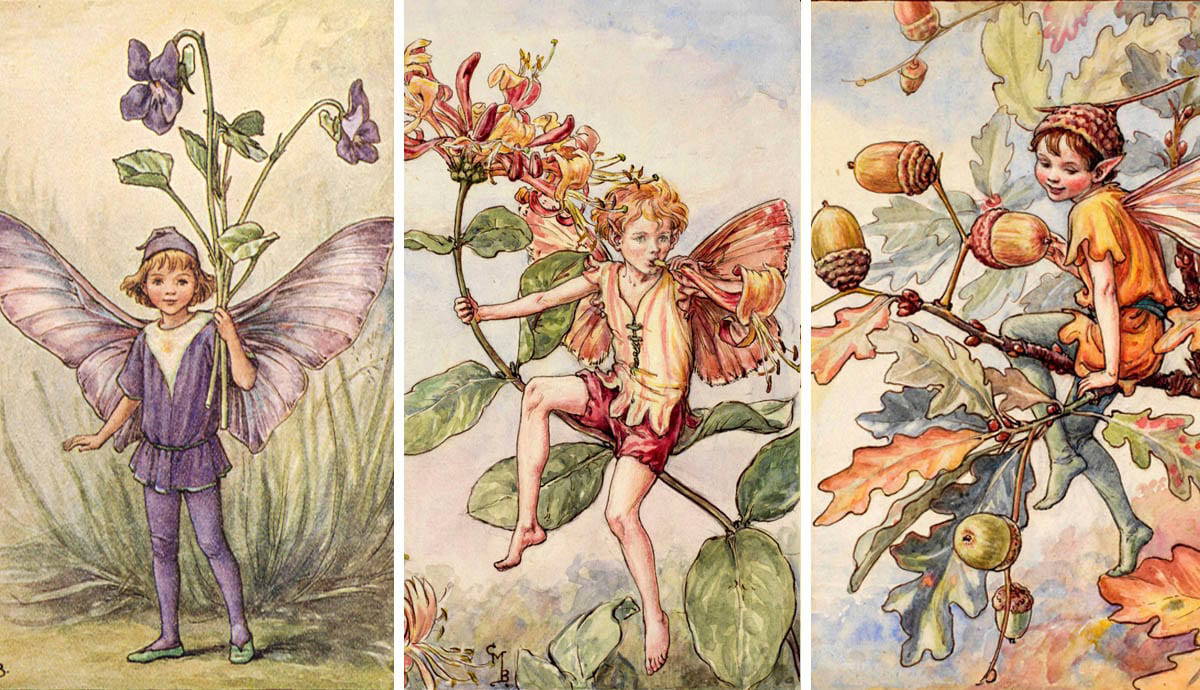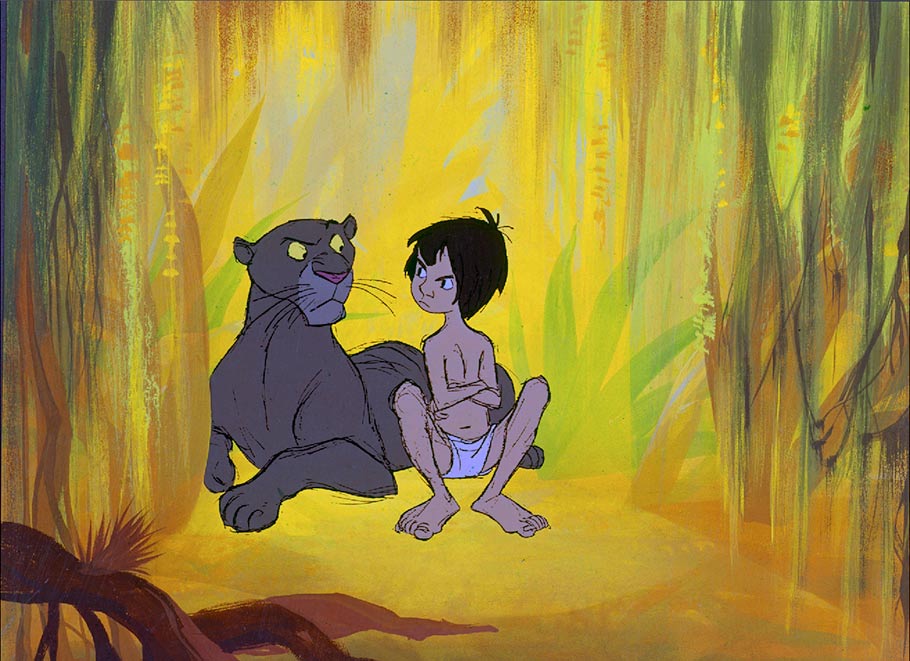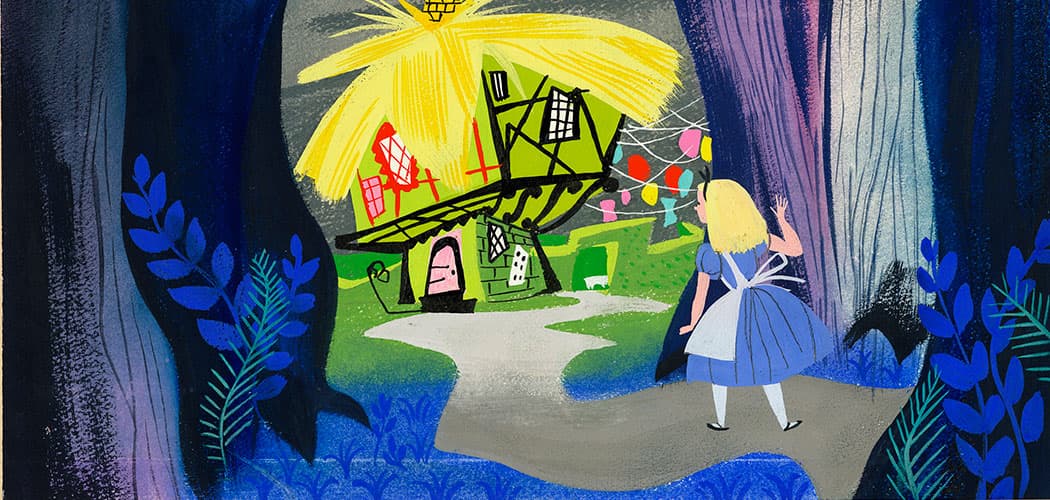Cicely Mary Barker
Cicely is one of the first artists I researched when considering the theme of fairy tales and exploring the story of Thumbelina. Cicely is the creator of the “Flower Fairies” which are enchanting illustrations of botanically accurate drawings paired with children that resemble or sports outfits resembling the flora featured. I was inspired by Cicely’s character design and how upon first glance at her fairies you are able to match them to a particular flower. Cicely tried to draw from life as often as possible, reflecting her pre-raphaelite influences.

Walt Peregoy
Walt is an artist for Disney who has worked on all the original 2D animated Disney movies. He is most well known for his work on “101 Dalmations” as a colour stylist. He brought a modernist style to Disney, as with his background design on 101 Dalmations he created more abstract scenes that Disney hadn’t seen before. After looking at his concept backgrounds, I can see how his style translated into the final films. His abstract style was unseen in Disney movies so to see his style adapted in the films shows how concept artists can influence the style of a film.


Mary Blair
Mary is one of my favourite concept artists who worked for Disney on movies such as Peter Pan, Alice in Wonderland and Cinderella. Mary’s art style was inspired by the tropical landscapes she visited while she was on a trip with Disney. She started to work with a more vivid palette and, like nature, she wasn’t afraid to place similar colours together or completely contrast them. She used her colours boldly and her style slowly became more abstract.
Her concept art is captivating, embodying Disney’s sense of magic in singular drawings. Walt Disney said that Mary “painted like a little girl”. I believe this gave her an advantage as she was able to see the magic from a child’s eyes, making even the most “basic” scenes captivating.












































